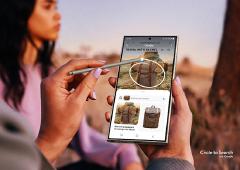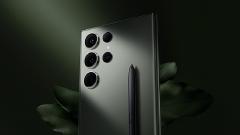Categories
Why does the Huawei Mate 20 have three cameras?
5 minute read
You may have noticed that all of the new Huawei Mate 20 smartphones have three cameras on the back. It’s been a common trend to see dual camera setups but Huawei wants to set themselves apart as the best option for mobile photography.
In this article I want to go into Huawei’s decision to include a triple camera setup and why it may not be as overkill as you would first assume.
The explanation for Huawei Mate 20’s triple camera setup
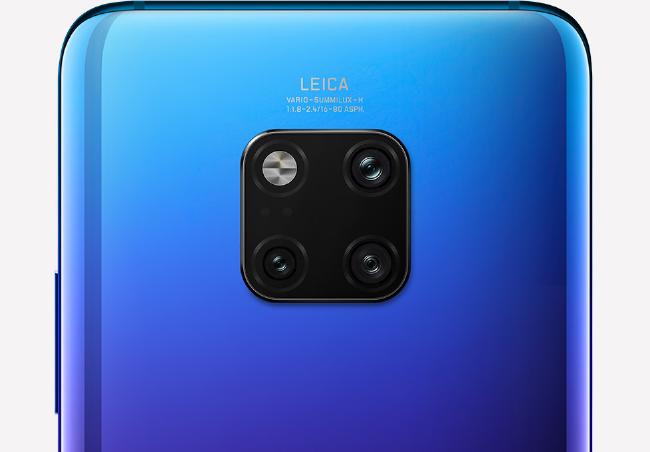
Firstly, it should be noted that the camera situation is a little different across the whole Huawei Mate 20 range. I’ll be explaining the thoughts and technology behind the Huawei Mate 20 Pro’s camera first, as this is the ‘flagship’ model of the series. After that, we’ll take a quick look at the differences between each model.
The new camera set up for Huawei’s Mate 20 Pro is essentially the Huawei P20 Pro camera on steroids. Which is great news, because DxOMark currently has the P20 Pro camera ranked as the best smartphone snapper in the world. Tests for the Mate 20 Pro are yet to come in but I have no reason to doubt they won’t improve upon Huawei’s record breaking scores on the P20 Pro.
So what’s so special about the triple camera setup on the Huawei Mate 20 and what’s the purpose behind it? Let’s start with the main camera - the same 40 megapixel lens seen in the Huawei P20 Pro. This will be doing the majority of the work, taking great high quality images in all sorts of situations.
Next we have the 8 megapixel telephoto lens - this is excellent news for those that just can’t stand the grainy quality when using your standard zoom feature on a smartphone. Other smartphones use digital zoom, which is software-based. The telephoto zoom uses hardware to physically zoom into where the camera is aiming.
These two camera lenses aren’t particularly any different to the Huawei P20 Pro, but a significant change has been made to the third lens. On the P20 Pro, the third camera was a monochrome lens, which allowed owners to take true black and white photos. A nice gimmick, but it won’t be as useful as the lens that replaces it on the Huawei Mate 20 Pro.
The replacement is a 20 megapixel wide angle lens. Wide angle lenses are great for letting in more detail into the frame. You can see the difference a wide angle lens can make in the pictures below.
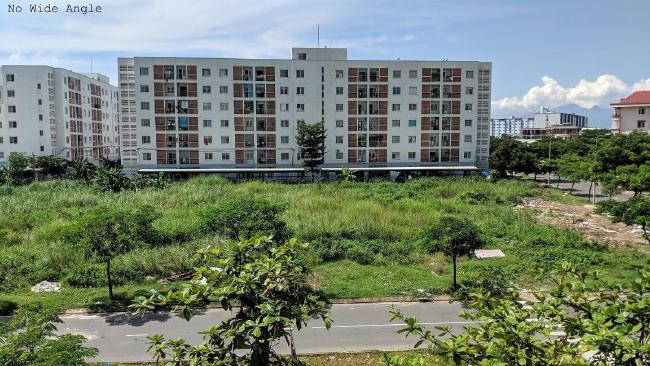
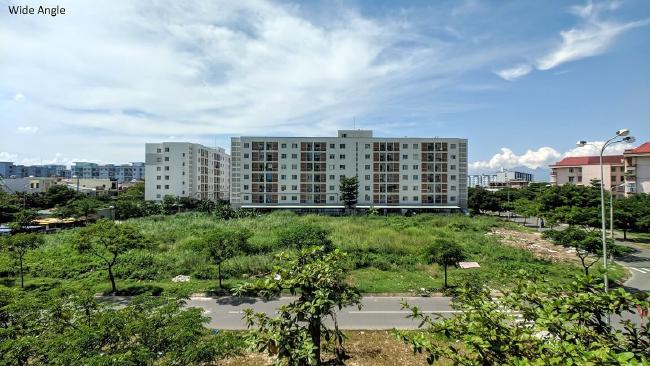
Wide angle lenses are also great at creating really stylish perspective shots. It’s not meant to be used all the time, but it’s excellent for things like cityscapes or for put ting an enhanced focus on certain objects in a frame. Previously, wide angle mobile photography relied on third party camera accessories. For example, I used the Moment camera lens to take the photos shown above. With the Huawei Mate 20 Pro, this will no longer be necessary.
I’m not sure how, but the Huawei Mate 20 Pro wide angle sensor can also double up as a macro lens. Macro lenses are used to create ultra close-up photos. I haven’t had the chance to test the macro feature myself, but after some digging around I did locate some fairly impressive results from camerajabber.
The Huawei Mate 20 Pro camera also has great AI features
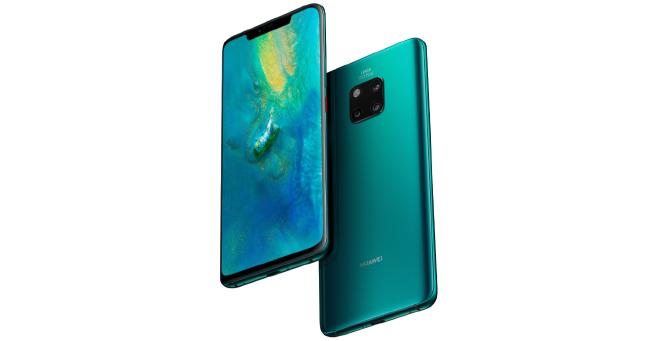
Smartphone photography has really come a long way in recent years. The improvement has been due to the progress in two contrasting areas. The first of which is of course the addition of more lenses - it’s a hardware-based approach that allows smartphone manufacturers to fit more functionality in one space.
The second is the addition of AI - this is something that all camera apps do subtly, but in recent years it’s been pushed as a core feature, especially from Google and Huawei.
AI uses machine learning to determine how a photo should look - it can then automatically, or by your suggestion, adjust your photos and videos to improve the orientation, adjust the colors, put focus on specific objects or people, and a whole load of other tasks that would take lots of practice and fiddling on a traditional DSLR.
For the average consumer, these AI improvements are incredible. It allows the average person to take a photo and have it crafted into an almost-professional grade image.
The differences between the Huawei Mate 20 cameras
To make things nice and complicated, Huawei launched four Mate 20 models. Lovely. Here’s a list of the models in ascending order.
- Mate 20 X
- Mate 20 Pro
- Mate 20
- Mate 20 Lite
The premium options, the Mate 20 X and Mate 20 Pro, both have the full camera setup explained above. The standard Mate 20 has a slightly downgraded version - its main camera has just 12 megapixels instead of 40, the ultra wide is just 16 megapixels instead of 20, and the telephoto lens has a smaller zoom.
The Mate 20 also misses out on important optical image stabilisation. Finally, the Mate 20 Lite is the cheapest version and stands out on its own - it has just two sensors - a 20 megapixel main sensor and a 2 megapixel depth sensor.
So, in simple terms, you’ll want to opt for the Mate 20 Pro or 20 X for the ultimate camera experience. The Mate 20 is good but it’s missing key hardware to let it stand amongst the best. The Mate 20 Lite is more of a budget option for those not too bothered about owning the best smartphone camera in the world.
On another note, you may be wondering what the difference is between the Mate 20 X and the Mate 20 Pro. The X is a larger phablet/gaming phone option - the display is 7.2 inches and has the new waterdrop notch design. The Mate 20 Pro has a wider notch and a 6.39 inch display. On the plus side, the Pro has an in-display fingerprint sensor.
If you want to see more of the Huawei Mate 20 Pro you can learn more about it in our hands-on review video or purchase it here.




